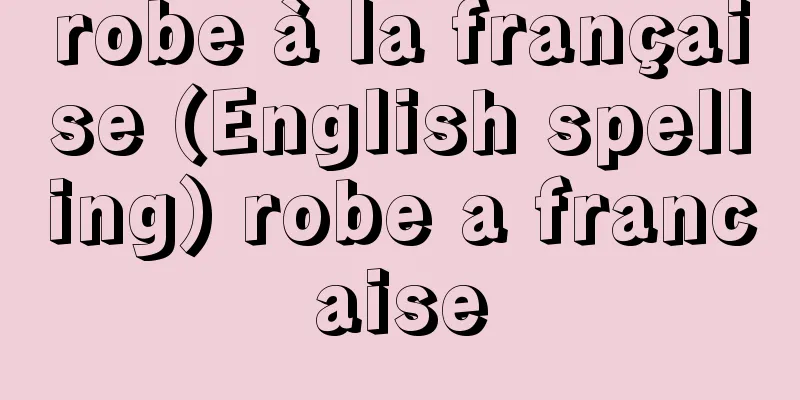Testis

|
The organ that produces male gametes in animals. In mammals, it is also called the testis. The testis is a reproductive gland like the female ovaries, and a mature testis consists of one or more seminiferous tubules folded in a complex manner, with interstitial cells filling the spaces between them. The inner surface of the seminiferous tubules is covered with germinal epithelium, and in the lumen, many spermatogonia derived from the germinal epithelium, spermatocytes undergoing division or sperm cells undergoing spermatozoon metamorphosis, and completed spermatozoa can be found. In addition, Sertoli cells can be found in mammals, and Belson cells in insects. Interstitial cells in the testis of mammals secrete male hormones. The testis is formed from primordial germ cells that differentiate early in individual development and testicular primordia that arise from mesodermal germ cells. The manner of development varies depending on the animal. In both males and females, gonad primordia are first formed when primordial germ cells that migrate from elsewhere join the genital ridges that arise in the abdominal cavity. In males, this continues to develop as testicular primordia, and the string-like group of primordial germ cells (primary sex cords) differentiate into seminiferous tubules within a group of mesodermal cells. In males, the Wolffian ducts (mesonephric ducts), which do not degenerate and remain intact, connect to the testes to become vas deferens. Human testes will be explained in the "Testes" section. [Shigeo Takeuchi] [Reference item] | |Source: Shogakukan Encyclopedia Nipponica About Encyclopedia Nipponica Information | Legend |
|
動物の雄性配偶子をつくる器官をいう。哺乳(ほにゅう)動物では睾丸(こうがん)ともよばれる。精巣は雌の卵巣と並ぶ生殖腺(せん)で、成熟した精巣は複雑に折り畳まれた1本以上の細精管と、その間を埋める間細胞からなる。細精管内面は生殖上皮に覆われ、管腔(こう)内には生殖上皮に由来する精原細胞、分裂中の精母細胞あるいは精子変態中の精細胞、完成した精子などが多数みられる。このほか、哺乳動物ではセルトリ細胞、昆虫ではベルソン細胞などもみられる。哺乳動物の精巣内の間細胞は雄性ホルモンを分泌する。精巣は、個体発生の早い時期から分化する原生殖細胞と中胚葉(はいよう)性細胞から生ずる精巣原基からつくられる。その発生のようすは動物によって違っている。脊椎(せきつい)動物では雌雄ともに腹部体腔に生じた生殖隆起に、ほかから移動してきた原生殖細胞が加わって、まず生殖巣原基がつくられる。雄ではこれが精巣原基として発生を続け、紐(ひも)状になった原生殖細胞集団(第一次性索)が中胚葉細胞の集団内で細精管に分化する。また、雄では退化せず維持されるウォルフ管(中腎(じん)輸管)が精巣と連絡して輸精管となる。なお、ヒトの精巣については「睾丸」の項で解説する。 [竹内重夫] [参照項目] | |出典 小学館 日本大百科全書(ニッポニカ)日本大百科全書(ニッポニカ)について 情報 | 凡例 |
<<: Stratovolcano (English spelling)
Recommend
Provisional injunction - karishobun
There are two types of provisional dispositions f...
Proceedings - Jundou
〘 noun 〙 (adjective verb) 1. The proper path. Also...
Statue of a god
The gods of Jingi faith are depicted in sculpture...
Five-tone
〘Noun〙 A theoretical term in gagaku and chanting ....
Mendenhall, Thomas Corwin
Year of death: 1924.3.22 (1924.3.22) Born: October...
Moonfish
…(b) Platy, Xiphophorus maculatus , native to the...
River turtle - Kawagame
...There are about 182 species distributed throug...
Miwa [village] - Miwa
A village in Naka County, northern Ibaraki Prefect...
Scimitar oryx (English spelling) scimitaroryx
...Shoulder height 85-140cm, body length 160-235c...
Khwārazm Shāh
A dynasty centered on the Khwarezm region in the l...
IBF System - IBF System
...This is a system called the International Bank...
Cajamarca (English spelling)
The capital of Cajamarca Department in northern Pe...
Book of Songs
China's oldest poetry collection. It contains...
Hellaakoski, A.
…Next came Koskenniemi, whose works were of a lig...
Československo (English spelling)
…a Central European republic that lasted from 191...









![Kurabuchi [village] - Kurabuchi](/upload/images/67cb6e1b89413.webp)